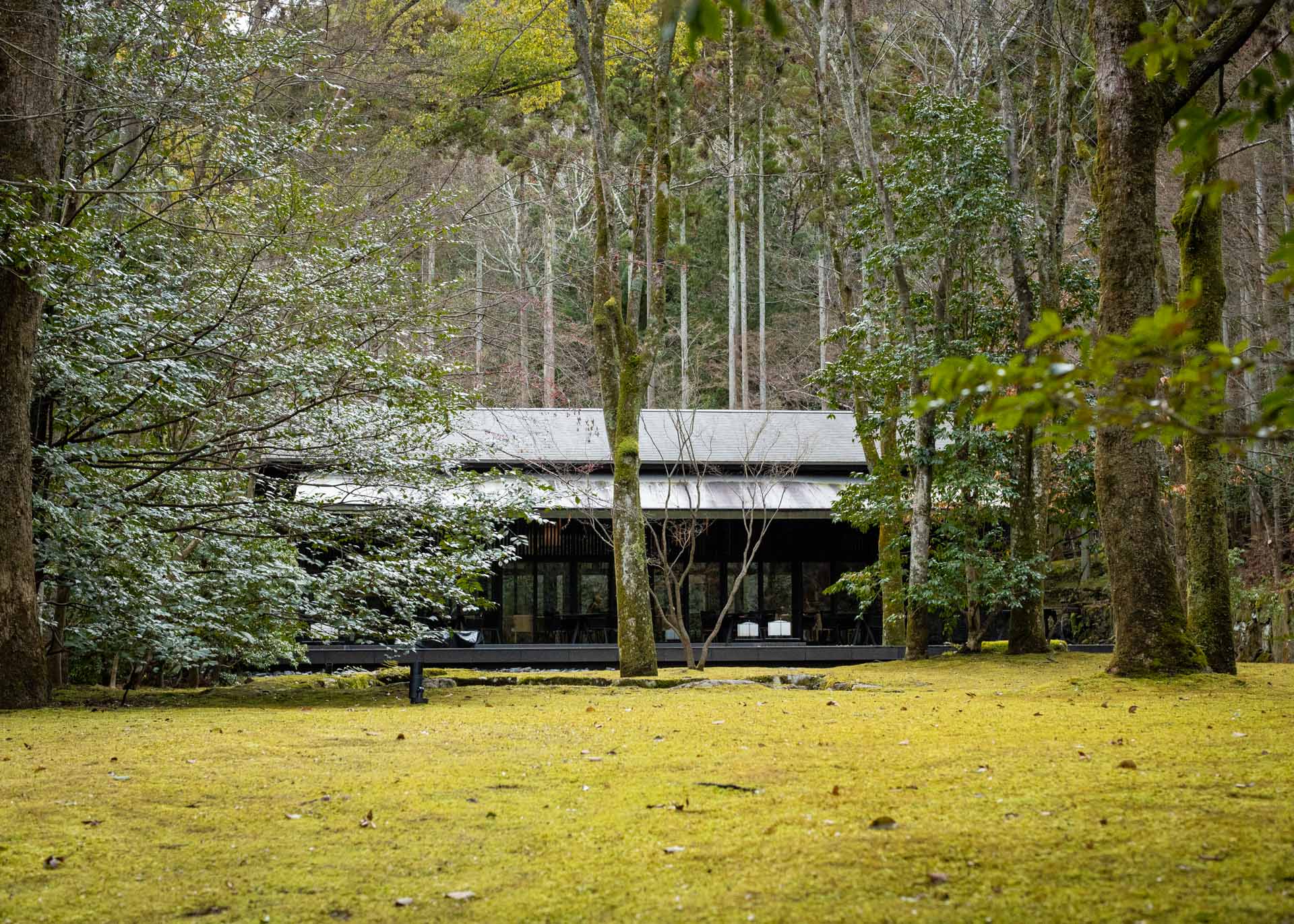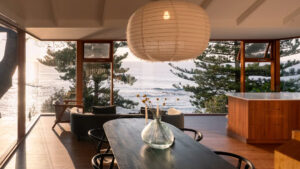Editor’s Note: This story originally appeared in Volume I of B.H. Magazine. Purchase your copy here.
Since antiquity, the healing power of nature has been well documented, however, its profound effect on the soul is especially significant to the people of Japan. Both the Buddist theme of rebirth in paradise and the Taoist way of nature – with a focus on immortality – nurture a deep connection to Aman Kyoto.
For the site’s previous custodian, the idea of a secret garden, with a textile museum in its midst, fuelled a multigenerational obsession with the manicuring of 8 acres of forest in Kyoto’s north-west, at the foothills of the iconic Hidari Daimonji mountain. Alas, it was not meant to be.
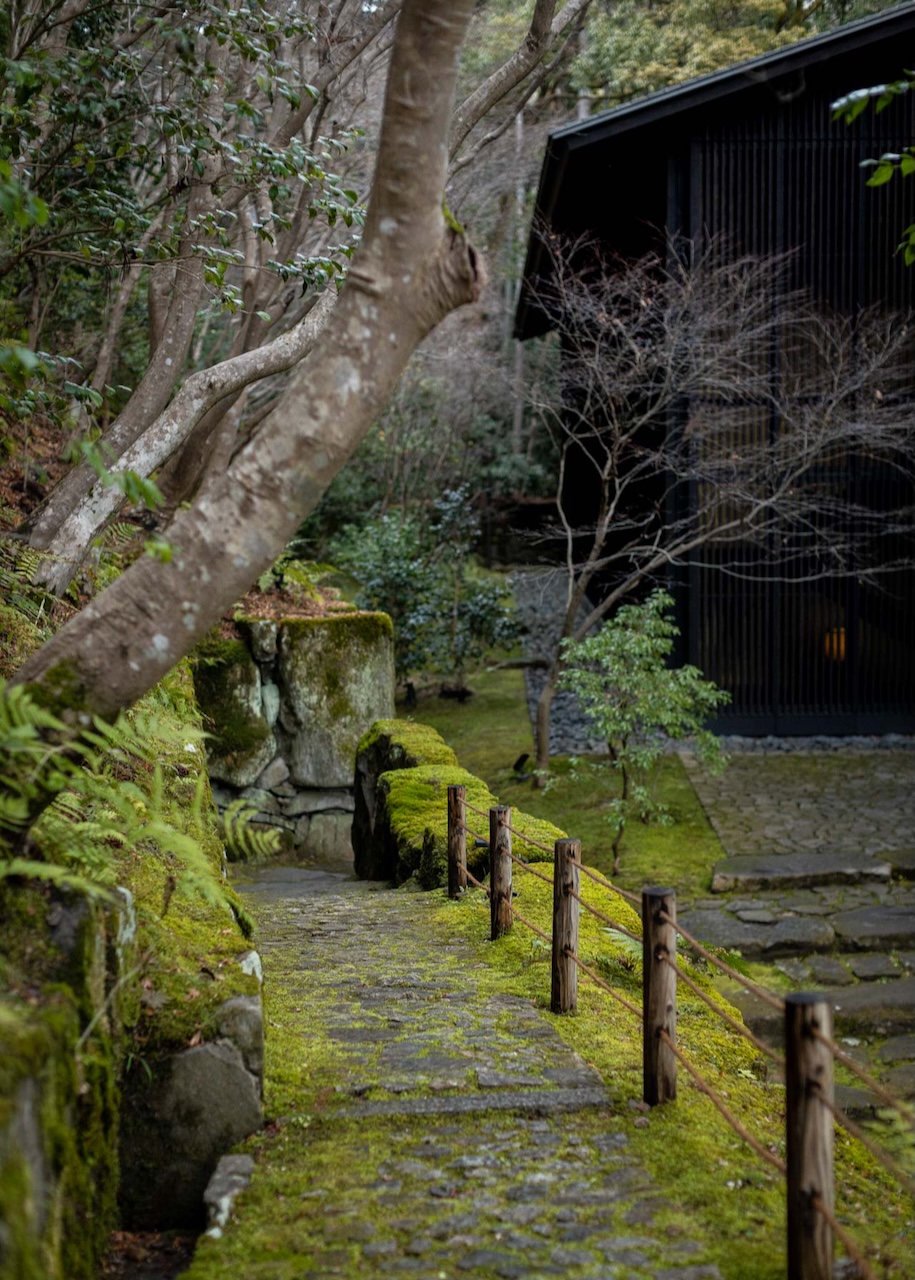
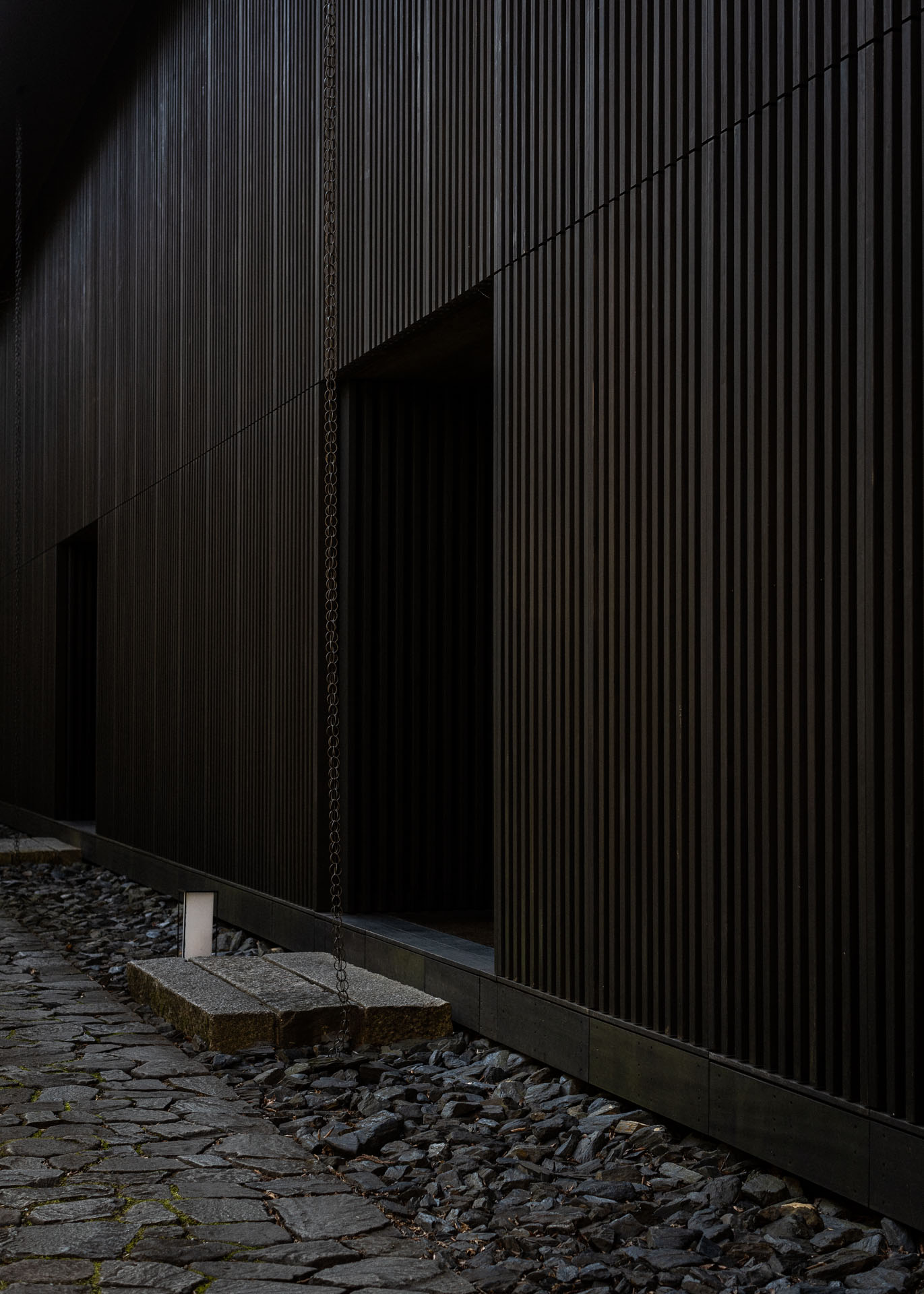
As demand for his wares thinned, so too did the resources for the garden, leading the collector to part with the site, and his dream. This began an almost twenty-year process by Aman and frequent collaborator Kerry Hill Architects of acquiring, planning, and protecting the living heritage site before construction began in 2017.
Unfortunately, the Australian architect passed before the project was finished, however, his legacy lives on in his namesake garden.
The graceful grounds are dotted with a series of dramatic pavilions – clad in stained tamo ash – that exist in complete harmony with the garden, allowing nature’s restorative energy to embrace all who are lucky enough to stay.
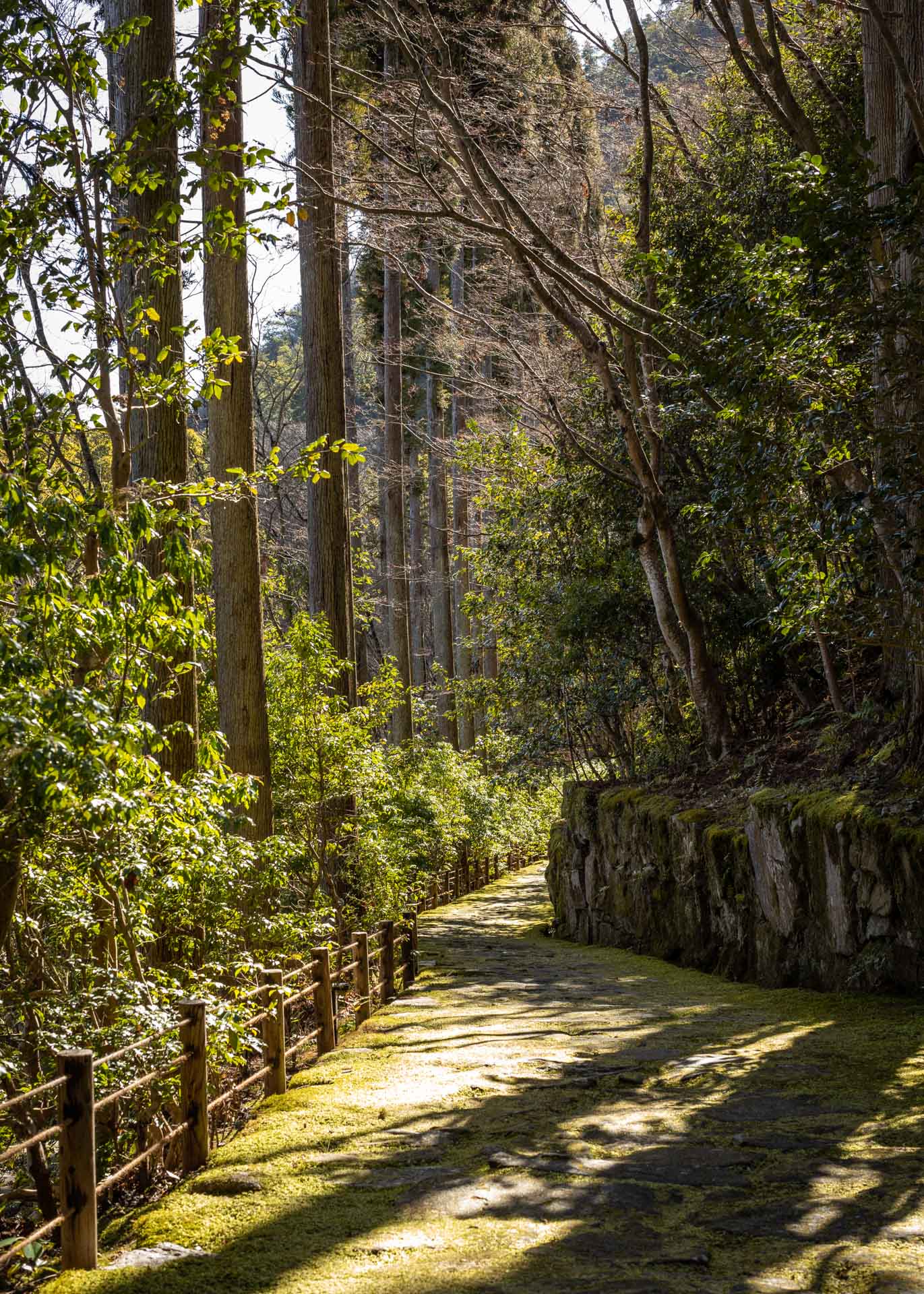
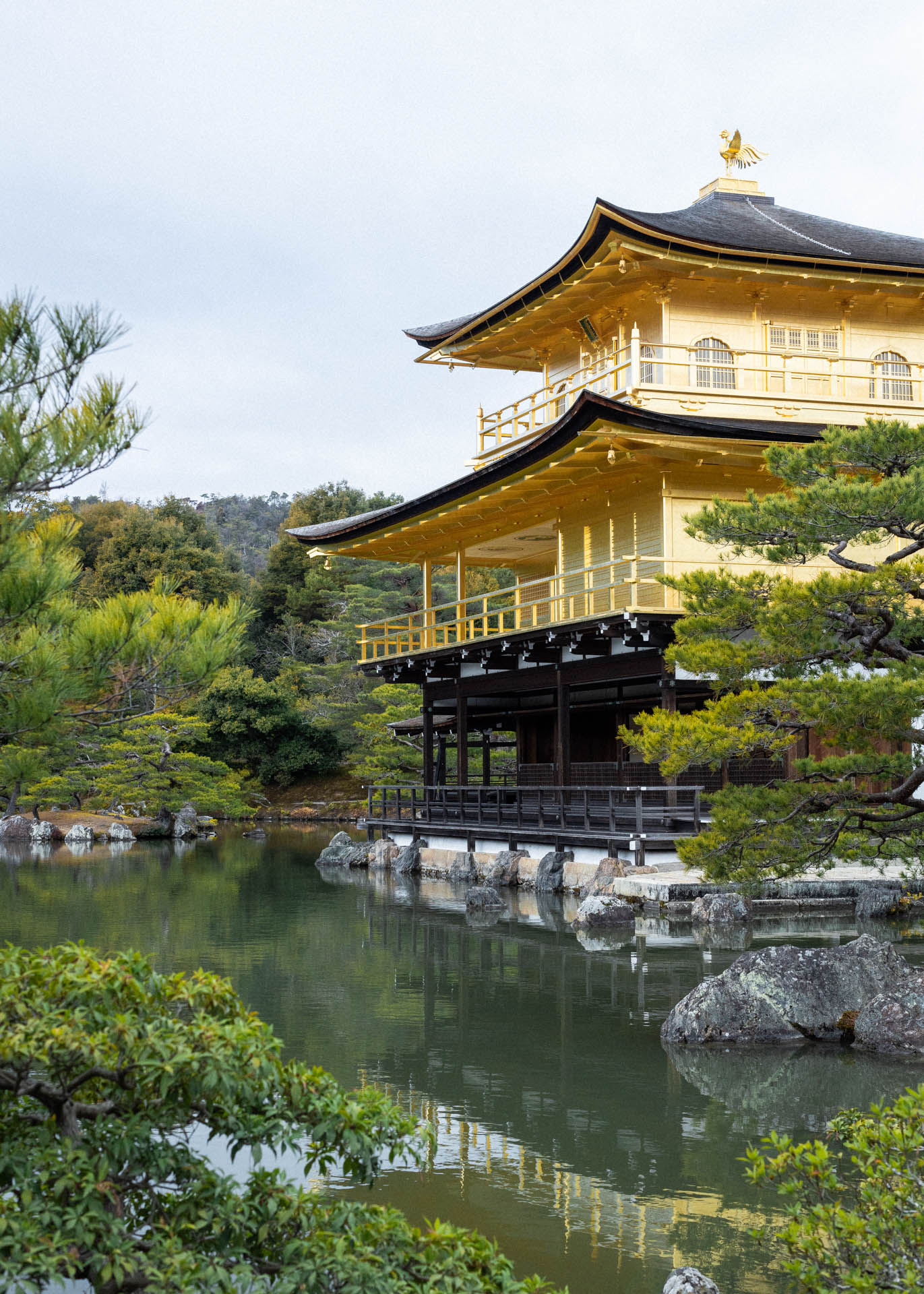
Walking along the ancient, moss-covered stone paths it’s impossible not to be captured by the environment, alive in the wind. Perhaps it’s the feeling of total seclusion that immerses you entirely, despite being a short drive from Kyoto’s notable attractions, including the golden Kinkaku-ji temple. What you can be sure of, is that you’re in a very special place.
Consisting of only 26 rooms – including two two-bedroom suites – Aman Kyoto treads softly on the garden in which it exists. Conceived as a contemporary iteration of a Japanese Ryokan inn, the design features individual structures built to serve a distinct function: arrival, living, dining and rejuvenation.
After checking in, guests are treated to a refreshment in the Living Pavilion, accompanied by a selection of traditional sweets that change daily. Each technically brilliant and thoughtfully finished, they serve as an introduction to the fastidious attention to detail that everything receives here. It’s these details that set the experience apart.
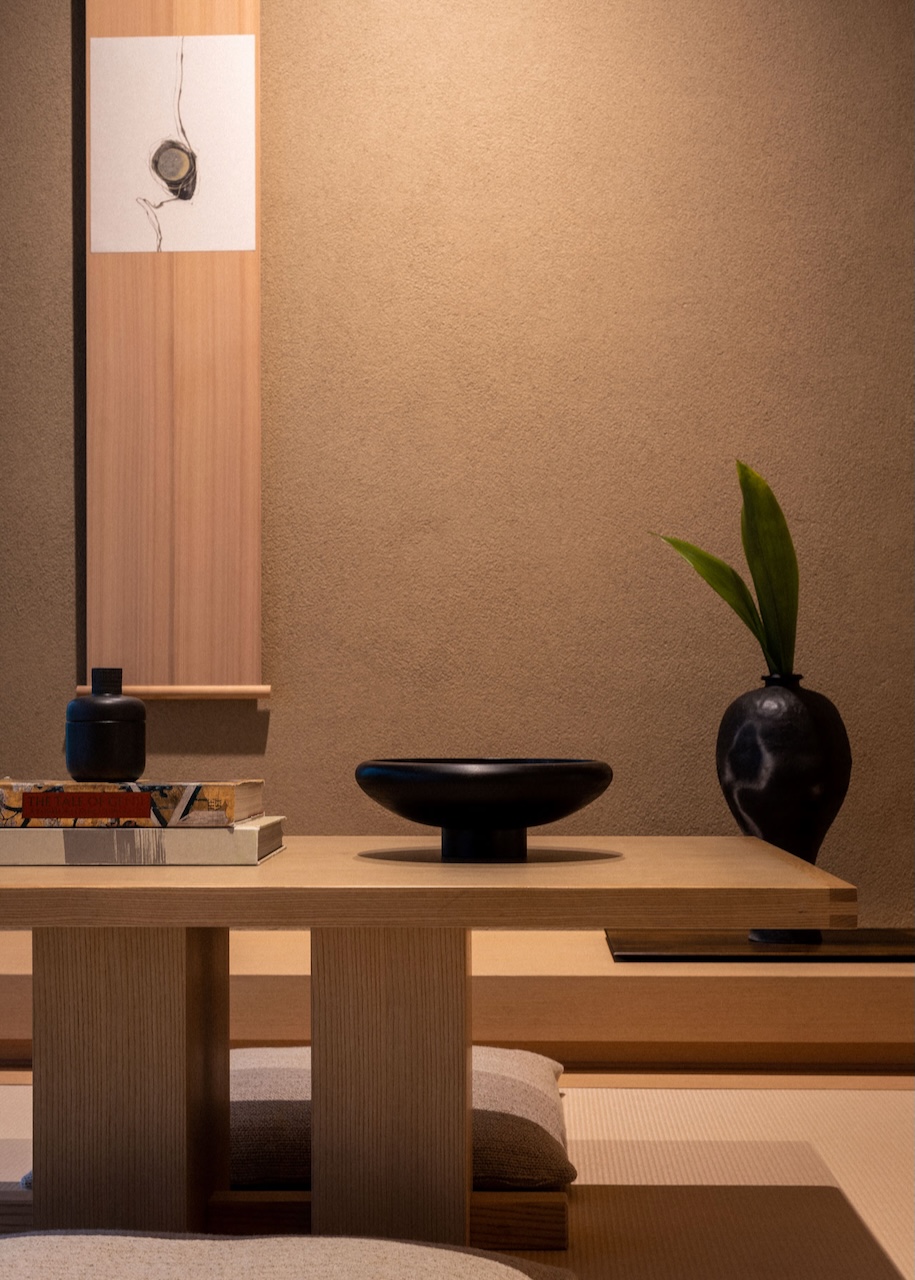
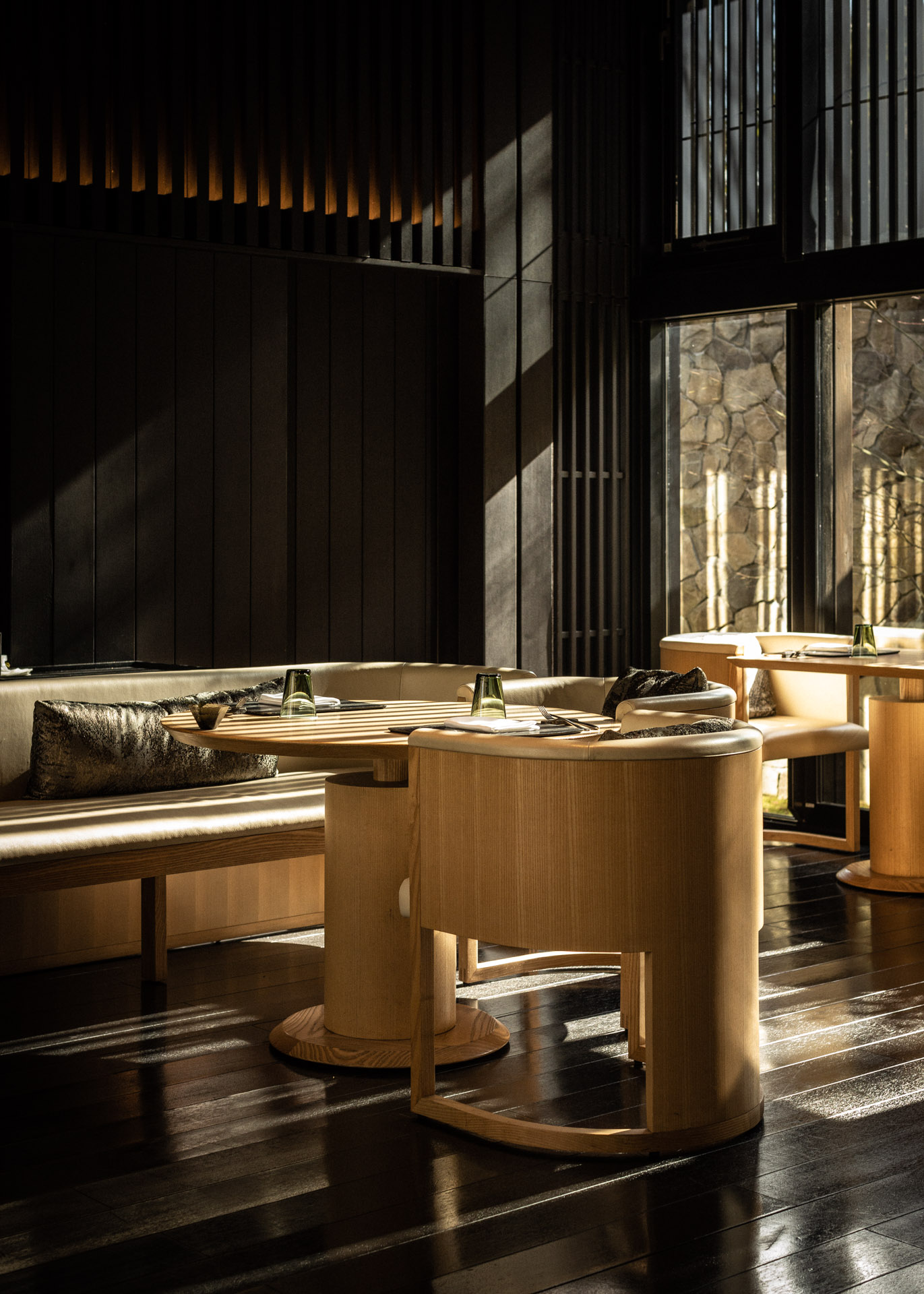
At the rear of the property are the Hotaru rooms, offering supreme privacy, with views of moss-covered gardens and maple trees. Rooms are priced on outlook and privacy, not their size or design. It’s a unique approach that celebrates the very essence of Aman Kyoto, and asks an important question: What value do you put on serenity?
The interiors showcase the best of Japanese minimalism, and the vista, framed by floor-to-ceiling windows, is complemented by curated artefacts and original artworks. Tatami mats line the bedroom floor – mimicking the sensation of grass – while wooden panels are used to disguise technology, ensuring guests stay in tune with their surroundings. Even the thought of switching on the television here is sacrilege.
A palatial master bathroom centres around an oversized hinoki bathtub, with a heated stone floor that makes the midnight stroll to the Toto loo as pleasurable as it could be. While you feel compelled to use the in-room bath, it’s hard to prioritise with the natural onsen only a short stroll away. Featuring male and female, indoor and outdoor springs, the onsen is a rejuvenating way to bookend your day. It’s particularly nice after an arctic three-hour bicycle ride, to explore the surrounding temples and taste grilled aburi-mochi in sweet miso sauce – a 1000-year-old snack still handmade today.
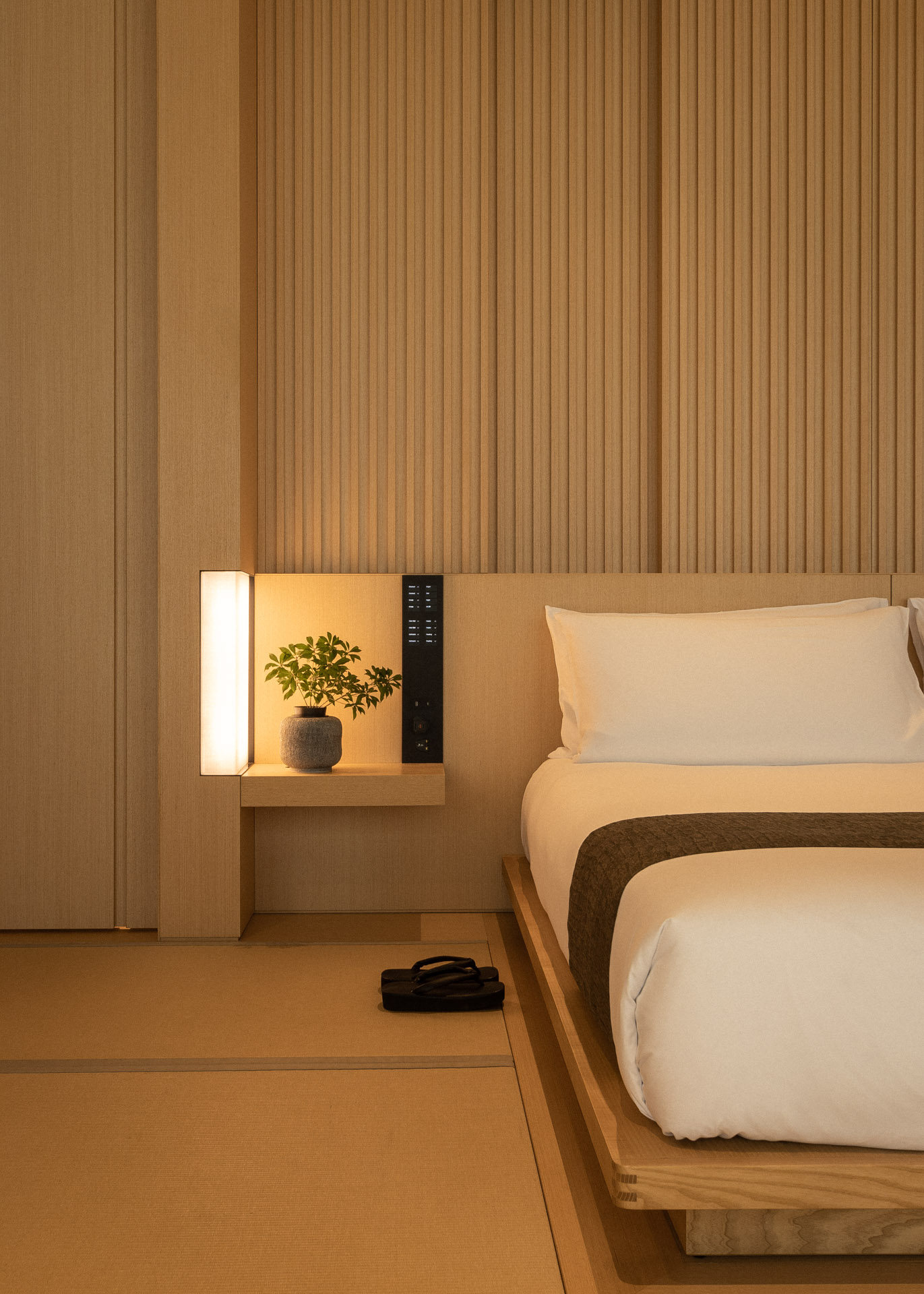
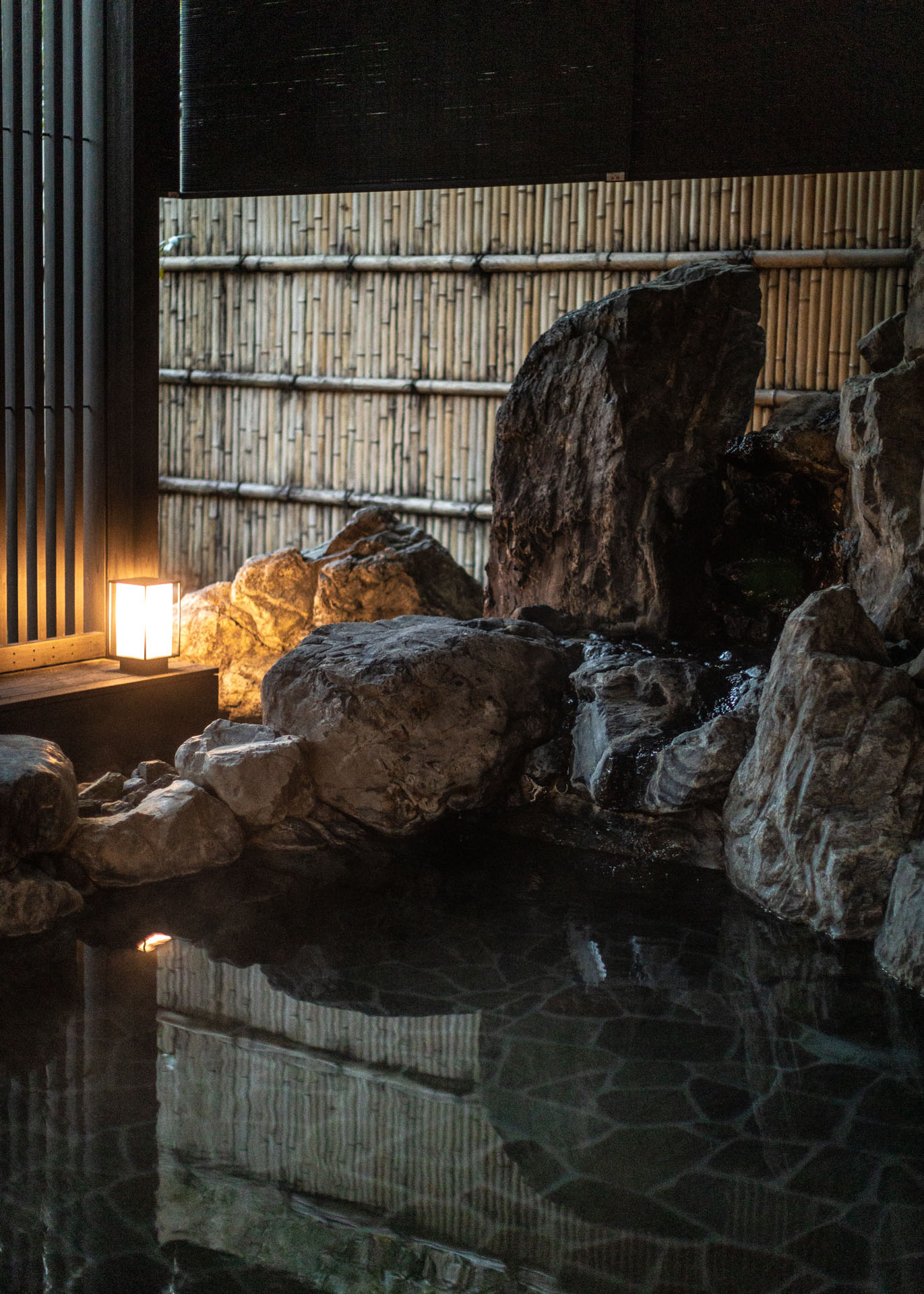
2006 Henriot is served alongside complementary bites for afternoon tea, while turndown involves a nightly snack or gift – from incense to local delicacies like dried persimmon and house-made chocolates – all delivered in thoughtfully handcrafted boxes.
While the technique at the hotel’s kaiseki-style restaurant Taka-An is undeniably impressive, western palates may find the menu challenging at times. Led by master chef Shin’ichirō Takagi, the magnificence of each dish is matched only by the freshness of the locally grown and caught produce on offer. The accompanying wine list is a veritable who’s who of first growths with a breathtaking price point to match.
Unsuspectingly, the most memorable meal of the day is breakfast, which features an abundant Western selection, as well as a traditional Japanese offering that changes daily. Choosing between the two is the hardest decision you’ll make at Aman Kyoto – torn between the fastidiously prepared and organised boxes of wagyu, tuna or abalone, adorned with finely sculpted pickled vegetables; and what could be the most perfect eggs Benedict ever plated.
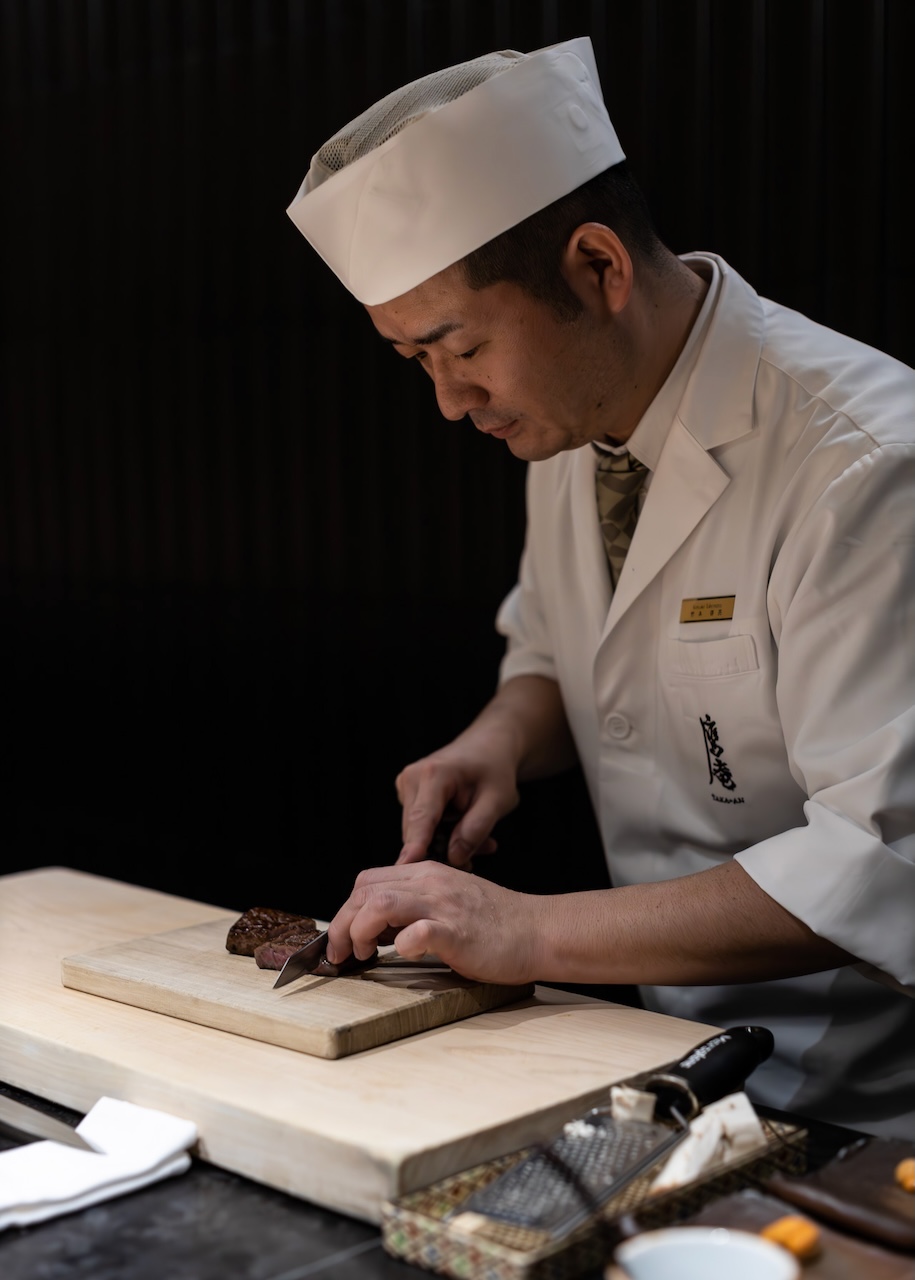
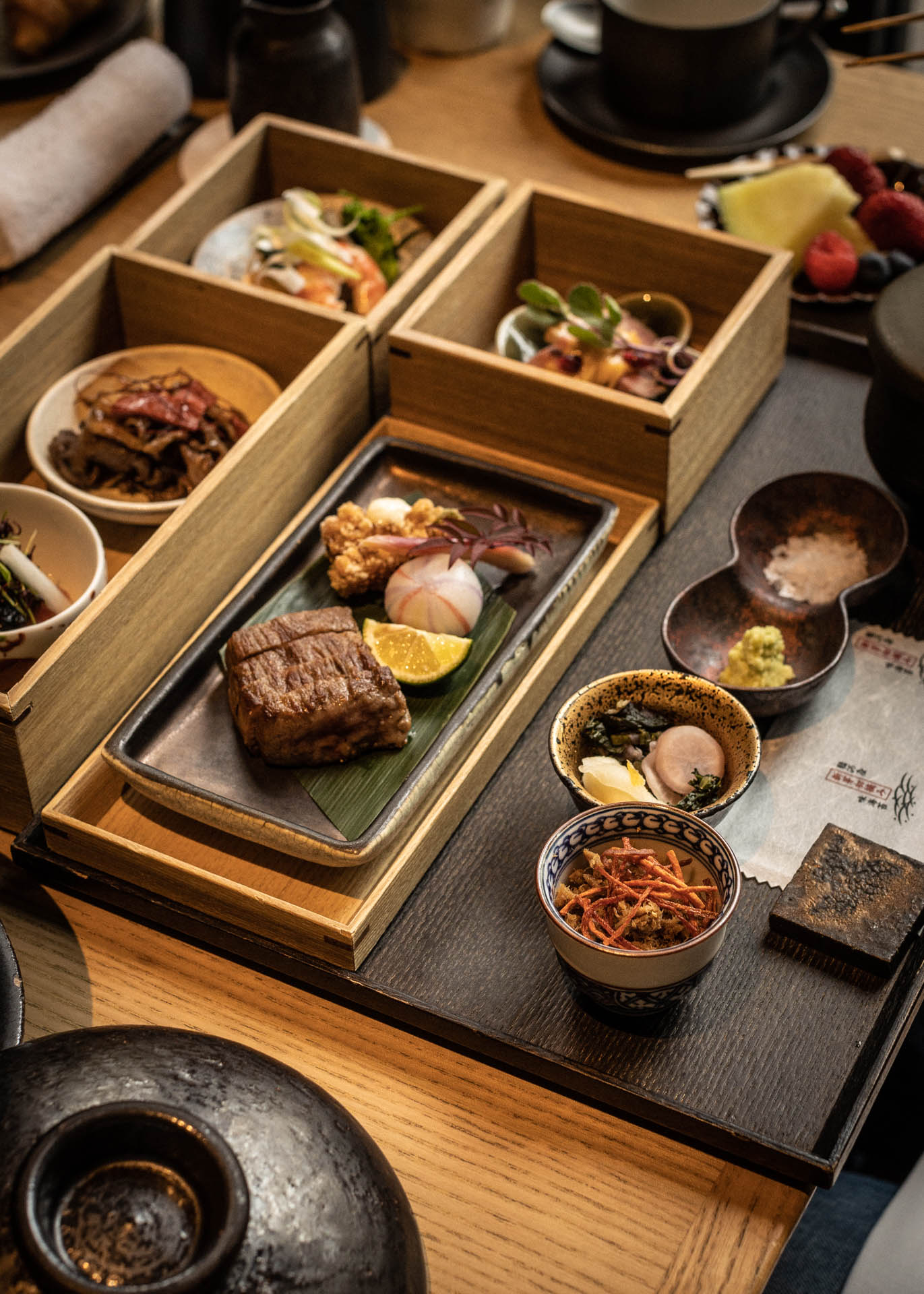
In a garden designed to connect people to nature, as Japanese gardens once connected people to the spiritual world, Aman Kyoto is a hotel you could visit in every season and have a new experience each time. The hotel is a lesson in reserved simplicity, one that enchants and energises the soul. It speaks to the importance of the environment, not excess – a truly refreshing departure from the current world we live in.
Aman Kyoto
Address: 1 Okitayama Washiminecho, Kita-ku, Kyoto Prefecture, Japan
Contact: +81 75-496-1333
The author stayed as a guest of Aman Kyoto for two nights
If you’ve enjoyed this Aman Kyoto review then check out some of our other Asia hotel articles and reviews. Here are several recommendations to get you started:
